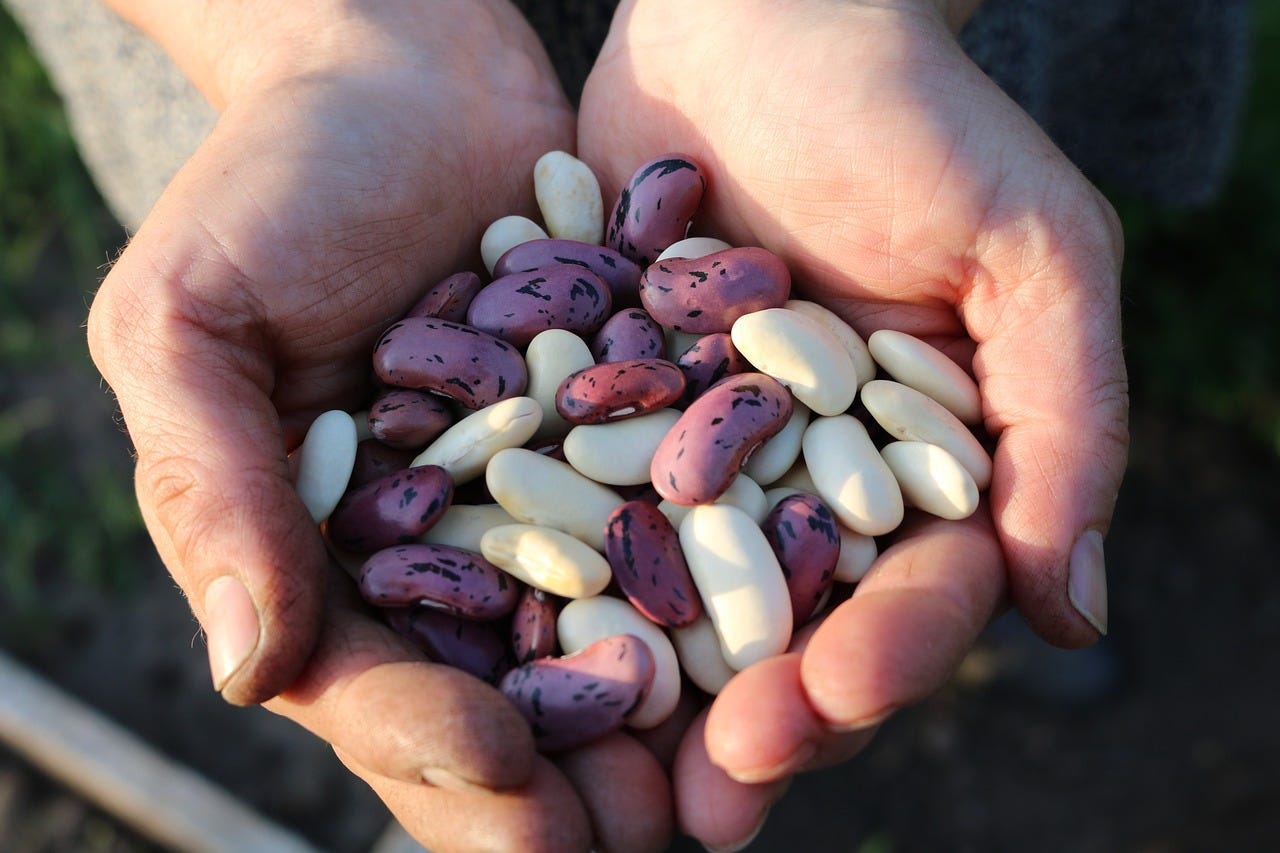Life for your leftovers: extend what you have for more nutritious meals
Get more out of your leftovers for convenience, saving money, and more nutrition.
Everyone experiences an evening when they don’t feel like cooking, they’re not up to going out or picking up takeout, and not really into the expense of ordering delivery. More often I experience lunch time food dilemmas when I don’t want an extra expense and need something quick between meetings. Leftovers take the spotlight when these situations come up.
Here are 3 ingredients that can help increase the nutritional value of your leftovers:
Beans. If you have leftover pasta or soup, add some beans for the encore. If you’ve heard of The Blue Zones, you’re familiar with these unique areas around the world where people live the longest and healthiest lives. Every Blue Zone population has beans in their diet. High protein and fiber, and low fat, beans help deliver vitamins and minerals while at the same time support even blood sugar levels. Already have leftover beans? Mash them into a bean dip or mash and create patties: add garlic, herbs (next on the list!), and an egg—then bake or sear the patties in a cast iron skillet. Serve with a yogurt sauce, on sourdough bread, or on top of a salad.
Herbs. Add fresh or dried herbs the second time around. Zoe Science and Nutrition cited research that we should target 30 different plant foods each week to increase diversity in our microbiomes, which helps contribute to stronger immunity. Herbs and spices count. Sprinkle herbs in a sauce, soup, or pasta to give leftovers new life and nutrients.
Grain bowl. Whenever I have a leftover meat, I cut it up (or leave as is if it’s already ground), then pick a grain (kamut, barley, quinoa, or rice), add veggies, a sauce, and beans, and lunch or dinner is complete. Whole grains, particularly ancient grains like kamut, help lower cholesterol, blood sugar, and reduce cardiovascular disease risk. Already have leftover rice? According to the New York Times, when you cook and cool a starchy food like rice or potatoes and then re-heat as leftovers, its fiber content increases. The starches also become resistant, which means they don’t impact blood sugar levels as much.
Since we’re at the beginning of the gardening season in the Northern Hemisphere, I’ll point out that these three ingredients can be grown in most garden zones. Growing grains may seem challenging. I’ve been experimenting with quinoa, amaranth, and barley in containers and small garden areas, and also grew a few types of wheat the past few years. (Wheat is often seeded in advance of spring and harvested before or during summer heat, depending on the variety.) I’ve also grown buckwheat in patches and belts, mainly for pollinators. Quinoa and amaranth noticeably produce large clusters of grain without taking up much space.
Maybe a small grain garden is in your future?




